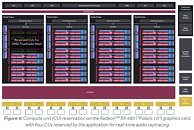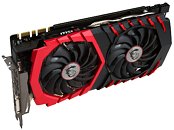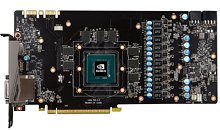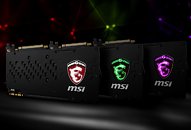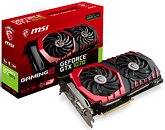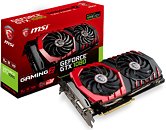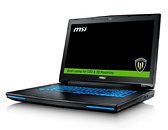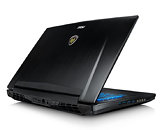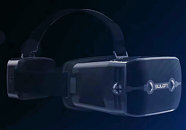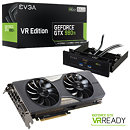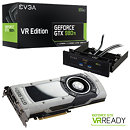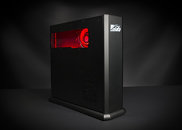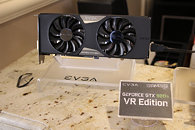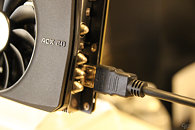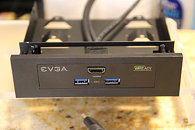
NVIDIA to Credit Marty McFly Modding for Leftover Ansel Code
Earlier this week, it was reported that game modder Marty McFly Modding accused NVIDIA of stealing their post-processing code for Ansel, NVIDIA's in-game photography tool, which lets you freeze your gameplay to take 2D or VR stills, with added post-processing. Late Wednesday, the Marty McFly Modding posted an update on their Facebook page, clarifying that the discrepancy has been "sorted out."
Marty McFly Modding states that they had a word with NVIDIA, including the lead developer of Ansel, who explained that the MasterEffect ReShade.fx was part of some "leftover code" that NVIDIA was testing as part of Ansel's development, and vestiges of which made it to the production version of Ansel. NVIDIA assured Marty McFly Modding that with the next version of Ansel (likely shipped with a future version of the GeForce drivers), it will remove this leftover code, and add Marty McFly Modding to the roll of credits.
Marty McFly Modding states that they had a word with NVIDIA, including the lead developer of Ansel, who explained that the MasterEffect ReShade.fx was part of some "leftover code" that NVIDIA was testing as part of Ansel's development, and vestiges of which made it to the production version of Ansel. NVIDIA assured Marty McFly Modding that with the next version of Ansel (likely shipped with a future version of the GeForce drivers), it will remove this leftover code, and add Marty McFly Modding to the roll of credits.


